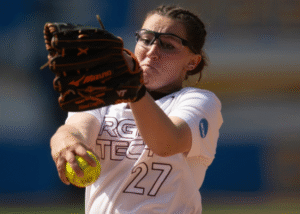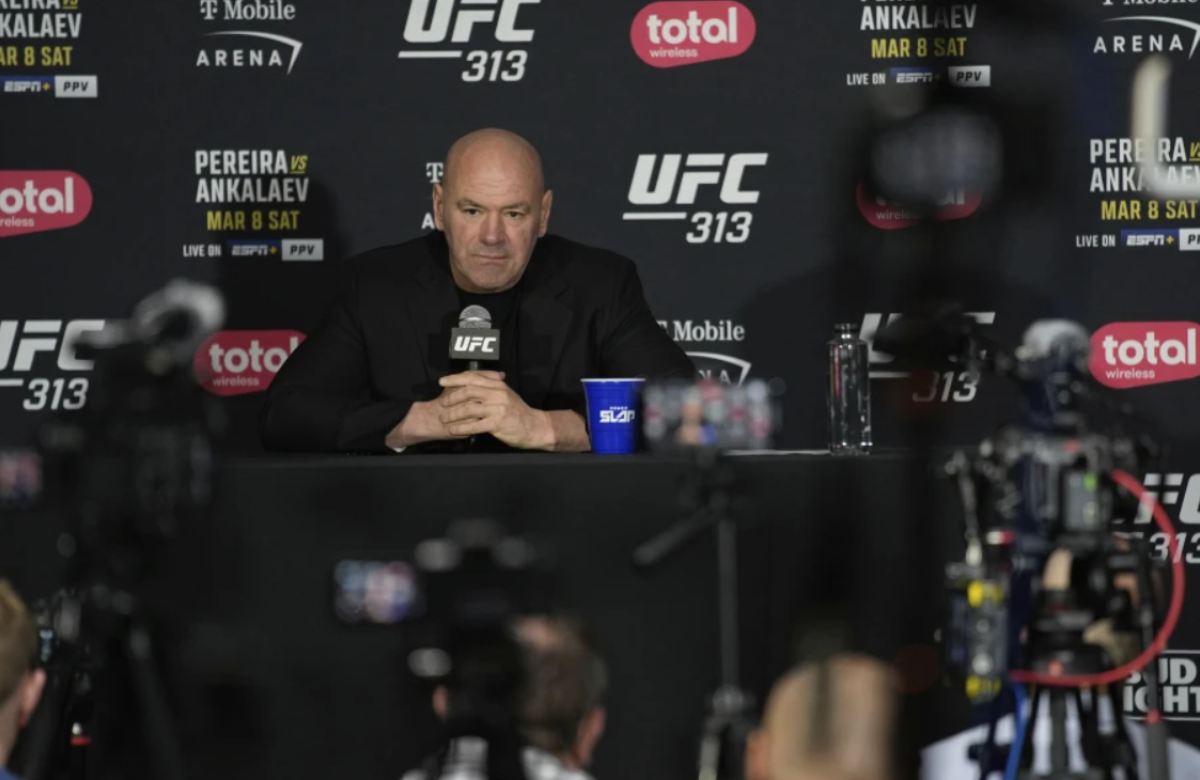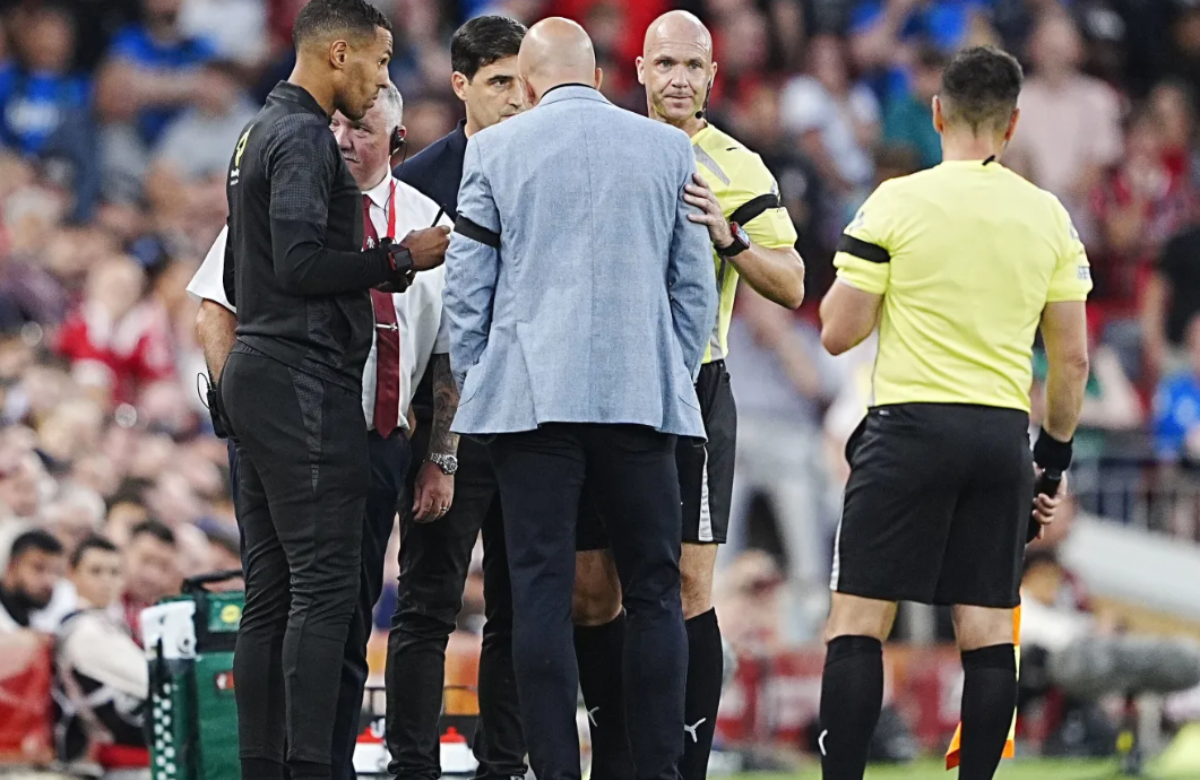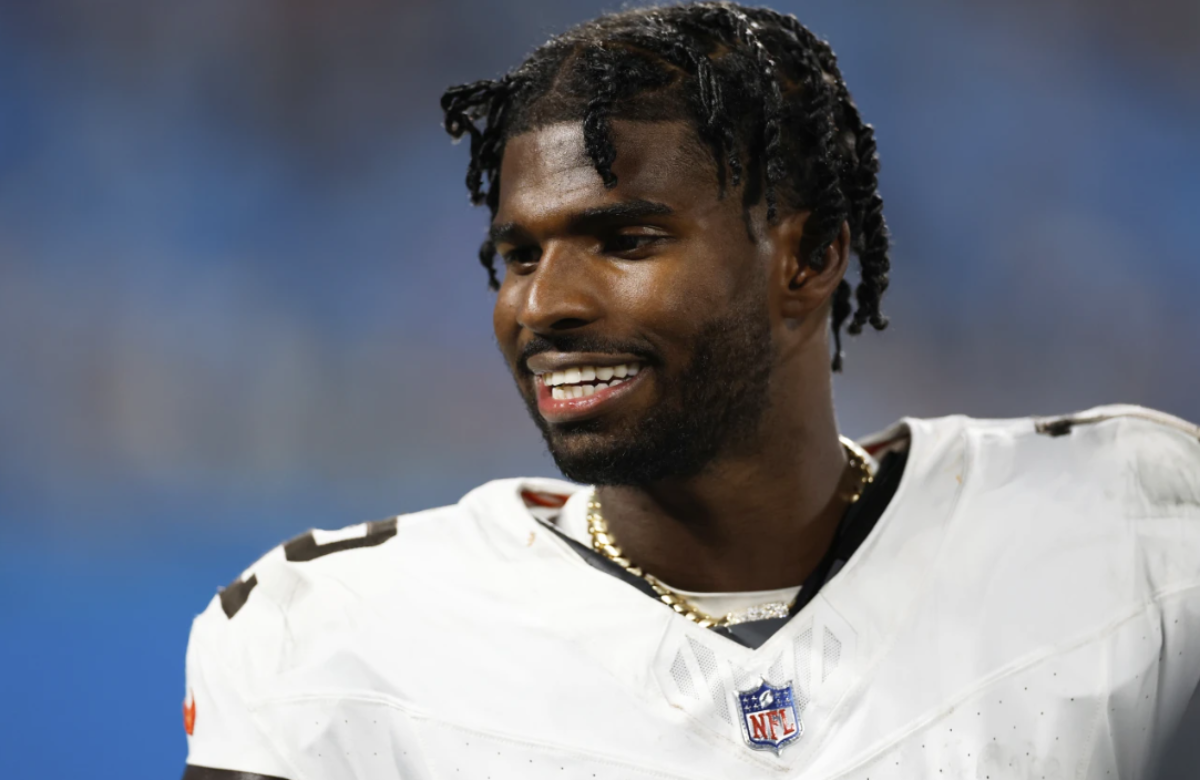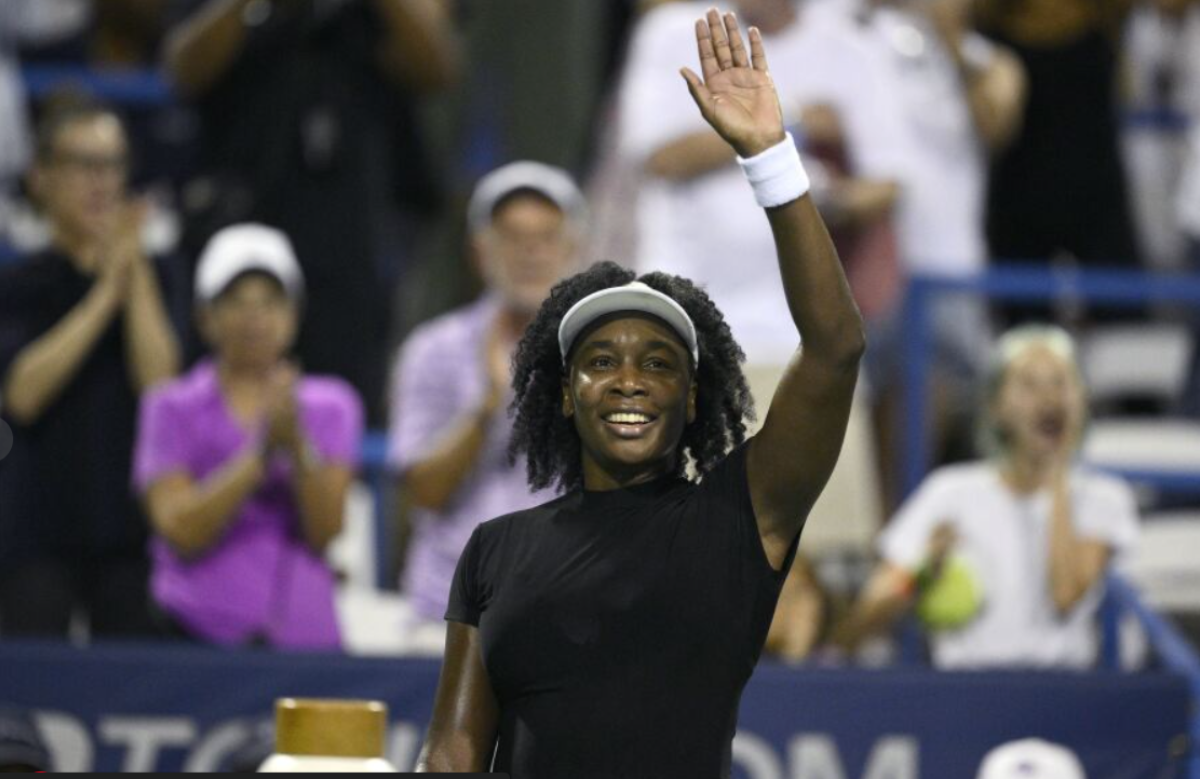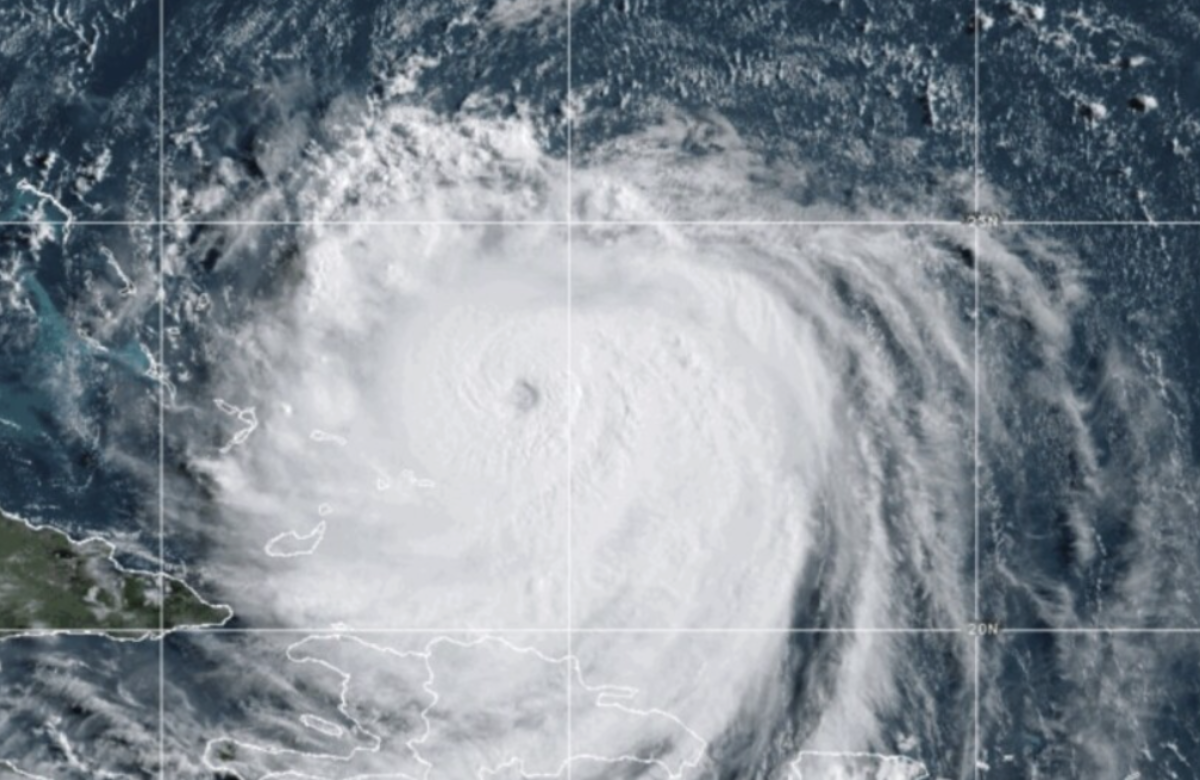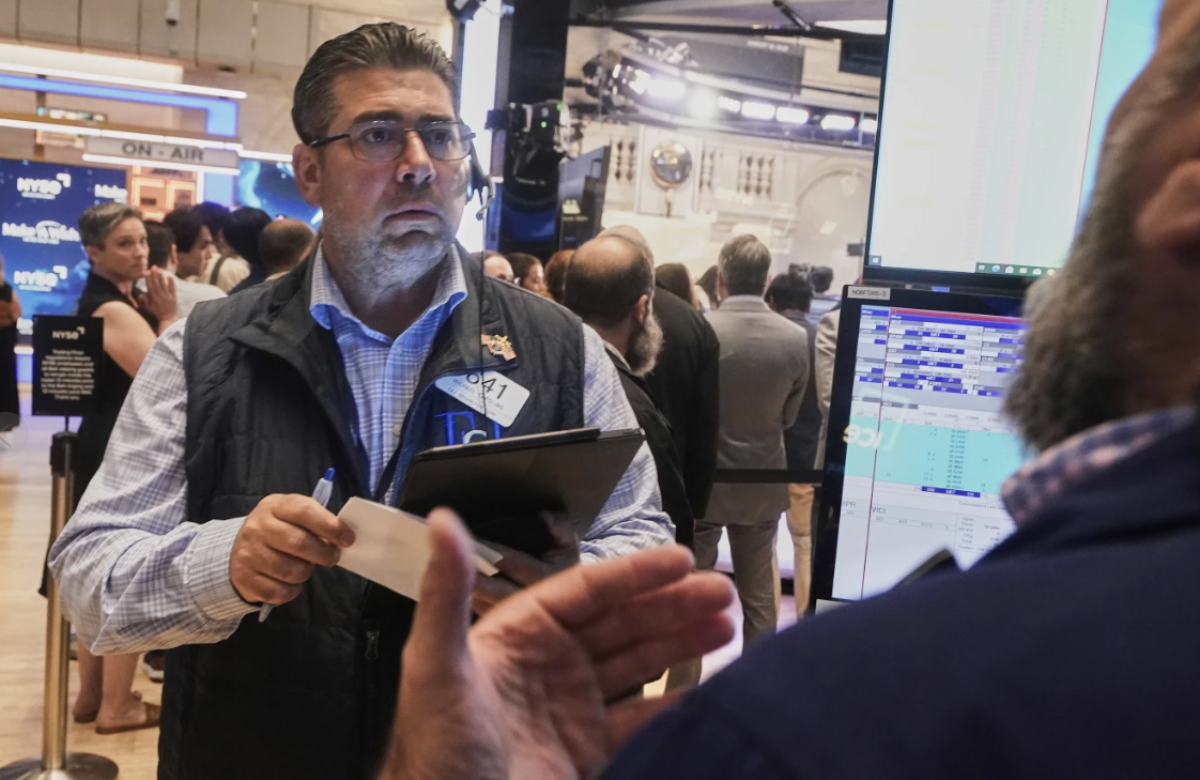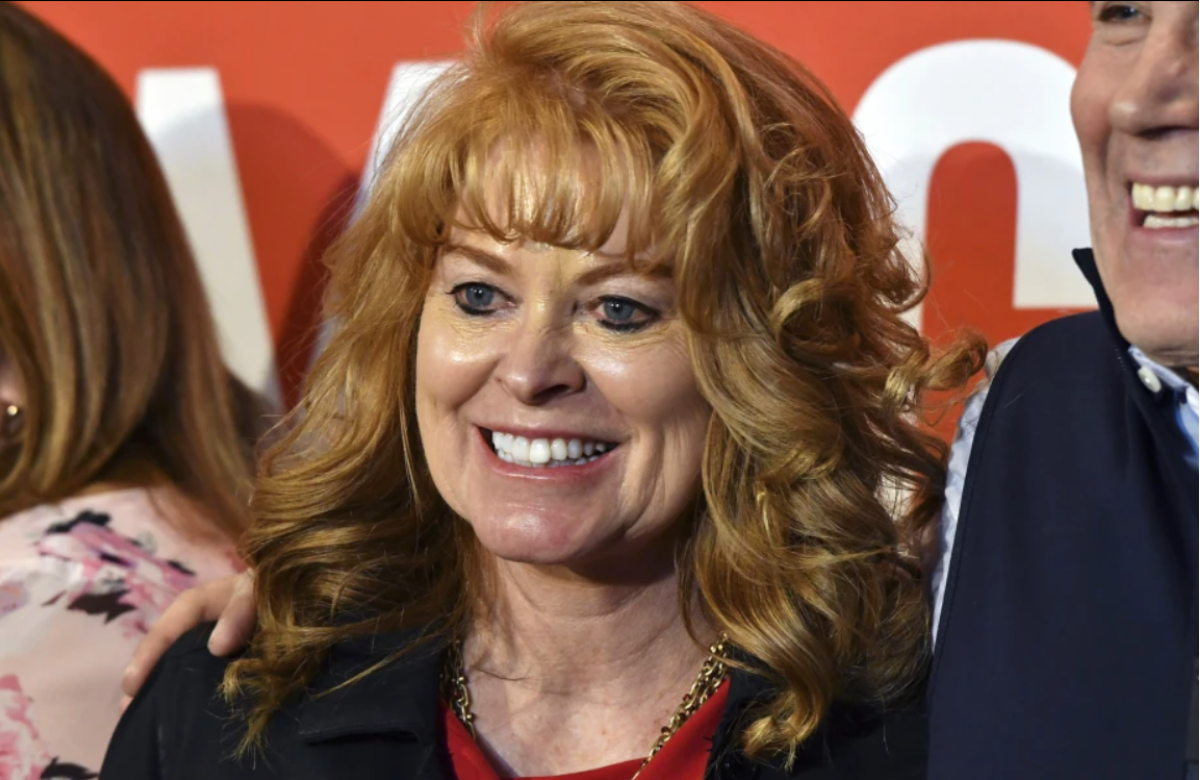The wave of lawsuits filed by college athletes seeking an additional season of eligibility appears to be losing momentum for now. As fall football practices begin this week, players still hoping for a court ruling that would allow them to play might have to wait longer—and may not get the relief they want in time.
“We’re at a stage in the summer where any athlete considering filing a lawsuit probably realizes it’s too late to get a decision that would help them compete this season,” explained Sam Ehrlich, a legal studies professor at Boise State who studies the impact of the 2021 Alston decision on college sports.
Broader clarity on eligibility questions may take even longer to arrive. Courts across states like California and Wisconsin have issued mixed rulings on these cases, and the issue could ultimately be decided by a higher court.
One of the most notable successes came from Vanderbilt quarterback Diego Pavia. The former New Mexico State transfer filed suit last fall, arguing that his junior college years shouldn’t count against his eligibility, especially considering potential lost income from name, image, and likeness (NIL) opportunities. A U.S. District Judge in Tennessee granted a preliminary injunction ordering the NCAA to let Pavia play.
Although the NCAA is appealing that decision, it has also issued a broad waiver granting an extra year of eligibility to Pavia and other athletes who previously competed at non-NCAA Division I schools and would otherwise exhaust their eligibility this year.
While Pavia emerged victorious, other athletes, including Wisconsin cornerback Nyzier Fourqurean, have faced setbacks or remain in uncertain situations.
Football practices for Southeastern Conference teams like Vanderbilt and Tennessee begin Wednesday. Players such as Chris Bellamy and Targhee Lambson await rulings from the same federal judge who favored Pavia last December.
Some universities have stepped in by filing eligibility waivers on behalf of players, while others hold roster spots for athletes who continue their legal battles.
“They’re basically stuck in limbo within the transfer portal because schools don’t know if these players will be eligible,” Ehrlich said. “It’s an unusual and uncertain situation.”
The NCAA has called on Congress to provide limited liability protections to address the wave of eligibility-related lawsuits. NCAA President Charlie Baker noted earlier this year that athletes have traditionally had five years to compete in four seasons—a standard that has only recently shifted. He also pointed out that while the NCAA has won more cases than it has lost, the ongoing uncertainty could have significant consequences for future generations of college athletes.
“Moving away from an academic calendar to no calendar at all for college sports creates huge problems,” Baker explained.
Duke coach Manny Diaz expressed optimism that eligibility questions would be resolved following a recent settlement, known as the House settlement, which took effect July 1.
“I’ve been told that once the House settlement was resolved, there would be efforts to address these irregularities and ensure eligibility remains tied to a college career,” Diaz said during ACC media days. “We don’t want players competing for nine years.”
The addition of extra seasons due to the COVID-19 pandemic has complicated eligibility timelines. For example, Pavia will be playing his sixth collegiate season after spending two years at New Mexico Military Institute, a junior college, followed by two years at New Mexico State.
Similarly, Iowa’s fullback Hayden Large played three seasons at an NAIA school before transferring, and he will also be playing his sixth season this fall after receiving an additional year of eligibility.
Iowa’s coach Kirk Ferentz suggests a straightforward fix: allow players five years to compete in five seasons. He also supports granting extra eligibility to those who begin at junior colleges, while acknowledging the need for some limits.
“If a player participates in five or six games during his first year, why not let him play fully?” Ferentz said. “It’s about creating opportunity. I’ve never understood why that wouldn’t be allowed.”
Ehrlich is closely monitoring lawsuits related to NCAA eligibility, name, image and likeness issues, athlete employment status, Title IX, and other related matters. He has tracked more than a dozen cases centered on eligibility alone, but these cases have few commonalities.
He’s observed that three judges appointed by former President Donald Trump issued very different rulings, with varying standards applied for preliminary injunctions. Several cases are on appeal, and some motions have delayed decisions on waiver requests.
Despite the slowdown, Ehrlich believes these cases are far from over.
“I don’t see this wave of lawsuits disappearing anytime soon,” he said.
Also Read:
Sinner, Djokovic, and Draper Withdraw from Toronto Tournament Due to Injuries

